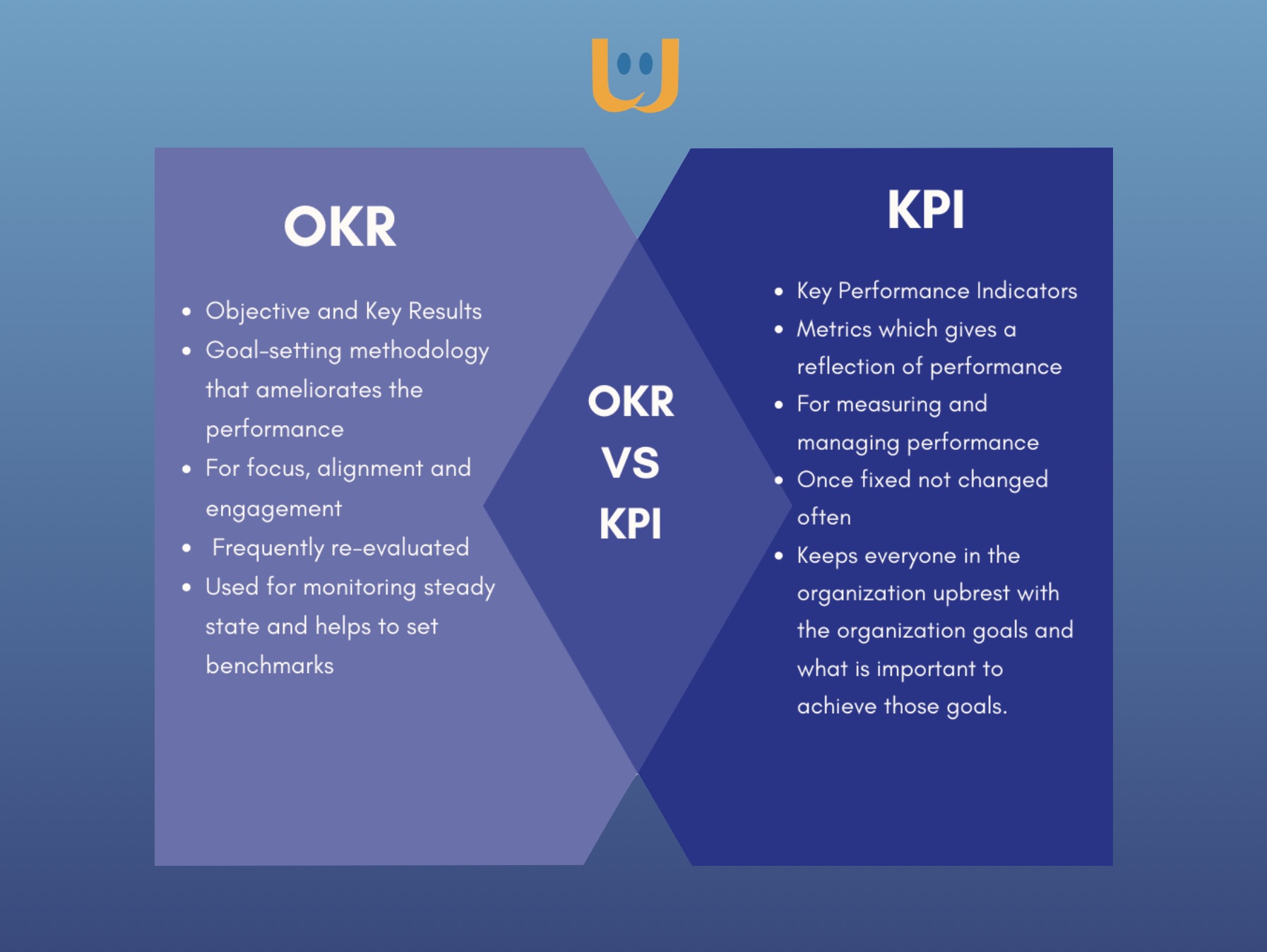Discover tools and methods to measure performance management, learn about OKRs and KPIs, and find out how to bring the benefits of evaluating employees into the daily operations.
What is performance management
Performance management is a fundamental process for companies that aim to improve the performance of their employees and increase the overall effectiveness and efficiency of the organization.
This process involves identifying clear and measurable goals, regularly analyzing and evaluating individual and collective performance, and establishing individualized development plans for each employee.
To achieve performance management goals, there are a number of tools and methods, including setting performance indicators, using specific performance management software, and training employees.
In this article, we will explore the main strategies and techniques used in performance management and also provide tips on how to create a successful project.
If I can measure it I can improve it
KPI VS OKR, Performance Management Metrics.
There are several tools and techniques used for performance management, including OKR, KPIs, and various methods to manage it among which certainly the most relevant is the balance scorecard method followed then by many others. Let’s see what this is all about:
OKR, which stands for Goals and Key Results, is a performance management method that enables companies to set short- and long-term goals and measure progress toward achieving them. OKR has been used successfully by many large companies, including Google and Intel, and has proven effective in increasing employee productivity and motivation.

KPI, short for Key Performance Indicators, is a set of metrics used to measure and evaluate business performance. KPIs can be used to monitor a company’s performance in several areas, including sales, marketing, finance and human resources.
Examples of OKRs:
- Goal: Increase sales by 10 percent by the end of the year
- Key results: Increase number of customers by 15%, increase average ticket by 5%, increase site conversion rate by 2%
- Goal: Improve customer satisfaction by 15% within 6 months
- Key results: Increase satisfied customer rate by 20%, reduce complaint rate by 10%, increase repurchase rate by 5%
- Goal: Reduce costs by 10 percent within 12 months
- Key results: Reduce production costs by 15%, reduce marketing costs by 5%, increase efficiency by 10%
Examples of KPIs:
- Site conversion rate: measures the percentage of visitors who complete a desired action, such as buying a product or filling out a contact form.
- Customer service response time: measures how quickly customer service responds to customer inquiries.
- Repurchase rate: measures the percentage of customers who make a second purchase.
In summary, the difference between OKRs and KPIs is that OKRs are key long-term goals and outcomes while KPIs are metrics used to monitor the success of an activity or process in the short term.




